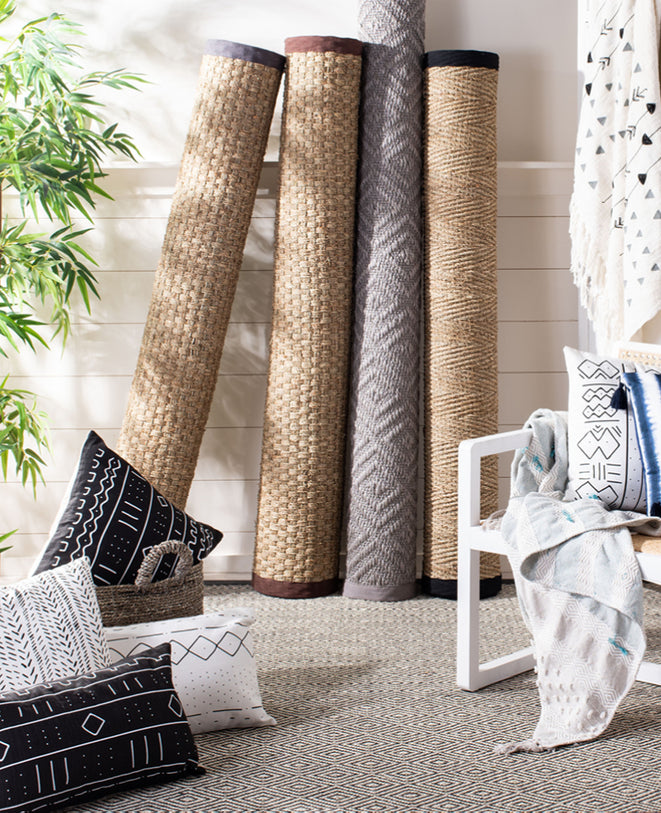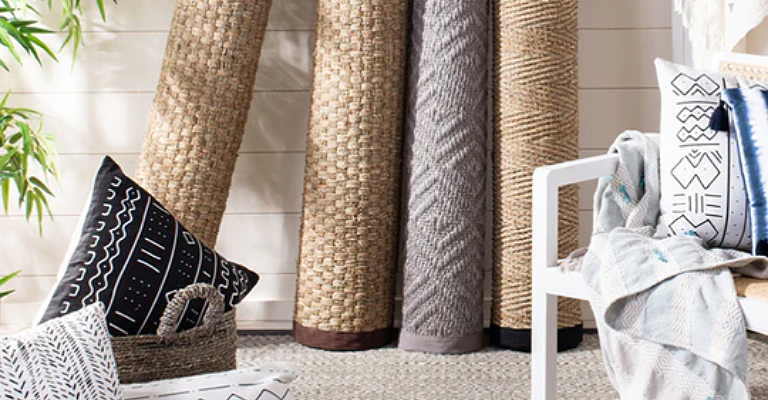“Mid-century modern”-with its pleasing cadence and slick alliteration, it practically rolls off the tongue. Since nostalgia continues to inform our aesthetic sensibilities, people still find the geometric cleanliness and sharp simplicity of this style attractive today. Most people may not recognize names like Eero Saarinen, Charles Eames, or the estimable Ludwig Mies van der Rohe, but they know the striking characteristics of this style. So what is mid-century modern interior design, what led to its creation, and what explains its long-lasting popularity? We’ll explore all that in today’s post.
A German Beginning
To explain mid-century modern, we need to begin in the early part of the 20th century. Our story begins not in New York, London, or Los Angeles, but rather in interwar Germany’s Bauhaus, where a bold class of architects and designers rejected old conventions of ornate and maximalist style. “Form follows function” was the axiom there, and the beauty of a structure or art piece was in its simplicity.
The transgressive styles of the Bauhaus couldn’t survive Germany’s authoritarian turn, and from its diaspora came several artistic and architectural philosophies. Ludwig Mies van der Rohe spearheaded the austere International Style that informed Chicago’s skyscrapers and railway stations. Then the 1970s would bring the Bauhaus-inspired Brutalism to the fore, as imposing concrete structures dispensed with all beauty for the sake of pure utility. Mid-century modern interior design lands comfortably between glass-and-steel plazas and concrete jungles, though.
What Are the Principles?
The domestic descendant of the Bauhaus softened some of the school’s more daring aspects for a mass-market audience. However, the same form-follows-function fundamentals remained in place. Mid-century modern is about clean lines, sleek surfaces, and stark contrasts. These eye-catching juxtapositions come in many forms:
- Neutral or muted palettes with select bursts of vivid color
- Straight lines that give way to unexpected organic, curvilinear shapes
- Natural materials, such as wood or metal, against synthetic materials
The classic Le Corbusier chair and couch, with their black leather upholstery and tubular steel frames, are perfect examples of natural materials combined with decidedly modern engineering. Then there’s the Eames chair, whose gentle curves make it a perfect accent piece in a room where lines and angles otherwise predominate. On the floor, various modern-style area rugs bring accents of color or textural contrasts to the surfaces that define this design style.
Why Has Mid-Century Modern Endured?
Interior design styles have come and gone. You’d be hard-pressed to come upon the avocado-green appliances and dark wood paneling of the 1970s. And anyone who lived through the stenciled and sponge-painted walls of the 1990s only has photographs and memories of them. Meanwhile, this late-’50s and early-’60s style has proven timeless. What is mid-century modern interior design’s secret for resisting nostalgia’s cyclical nature? Just like the style itself, the answer is simple: the middle of the 20th century represents the finest in long-lasting craftsmanship and sophistication. It’s been something to aspire to ever since. Let Decor Market help you capture it.






